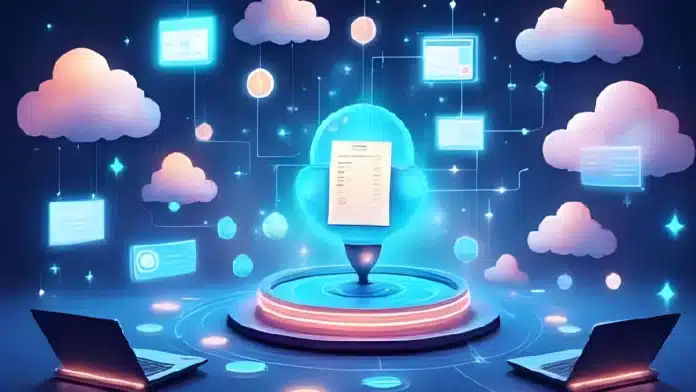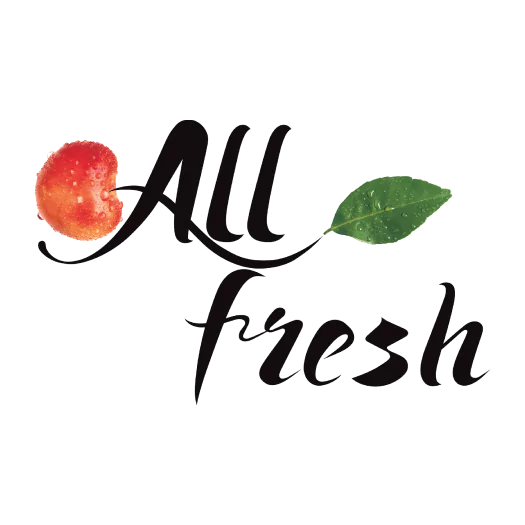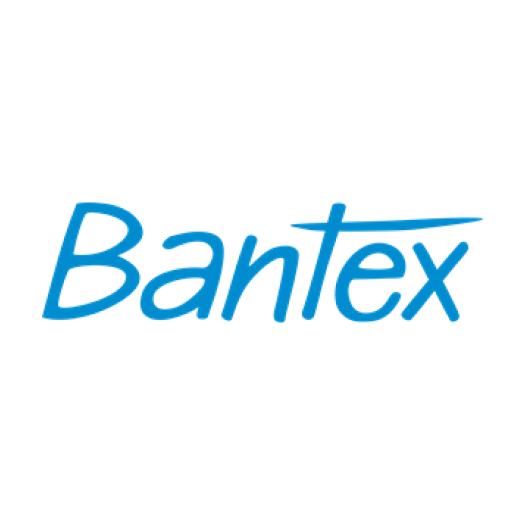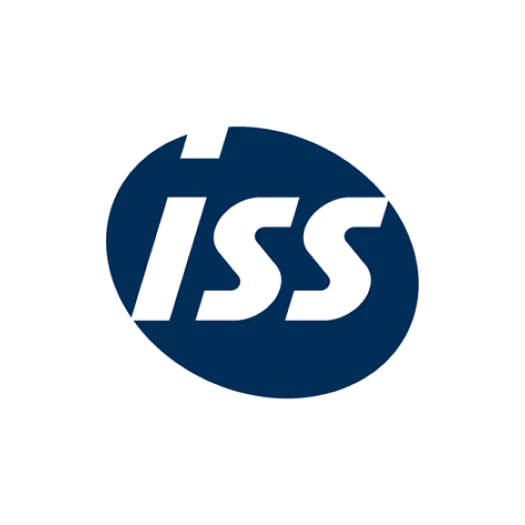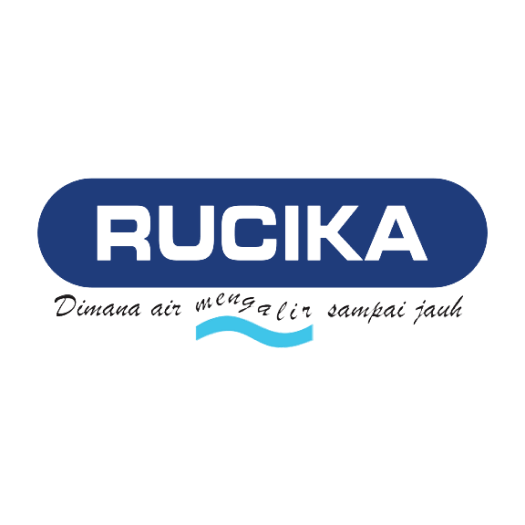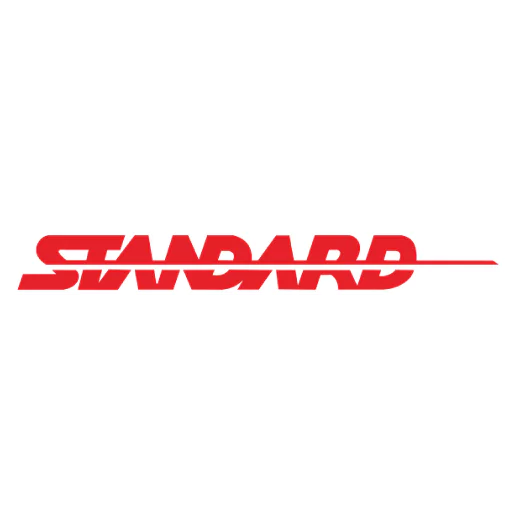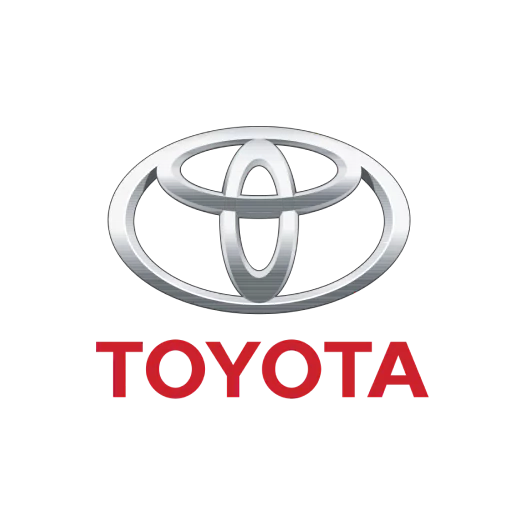Many businesses send invoices but wait weeks or even months to get paid. This delay can negatively impact cash flow and make daily operations more challenging to manage. The process from billing to payment receipt is called Invoice-to-Cash (I2C).
Although it may seem simple, I2C often faces challenges such as late payments, manual errors, and poor tracking. These issues can slow down your business and create tension with customers. When appropriately managed, I2C can help you get paid faster, improve financial clarity, and support business growth.
In this article, we’ll explain what Invoice-to-Cash really means, and you can try our free demo to see how to improve it.
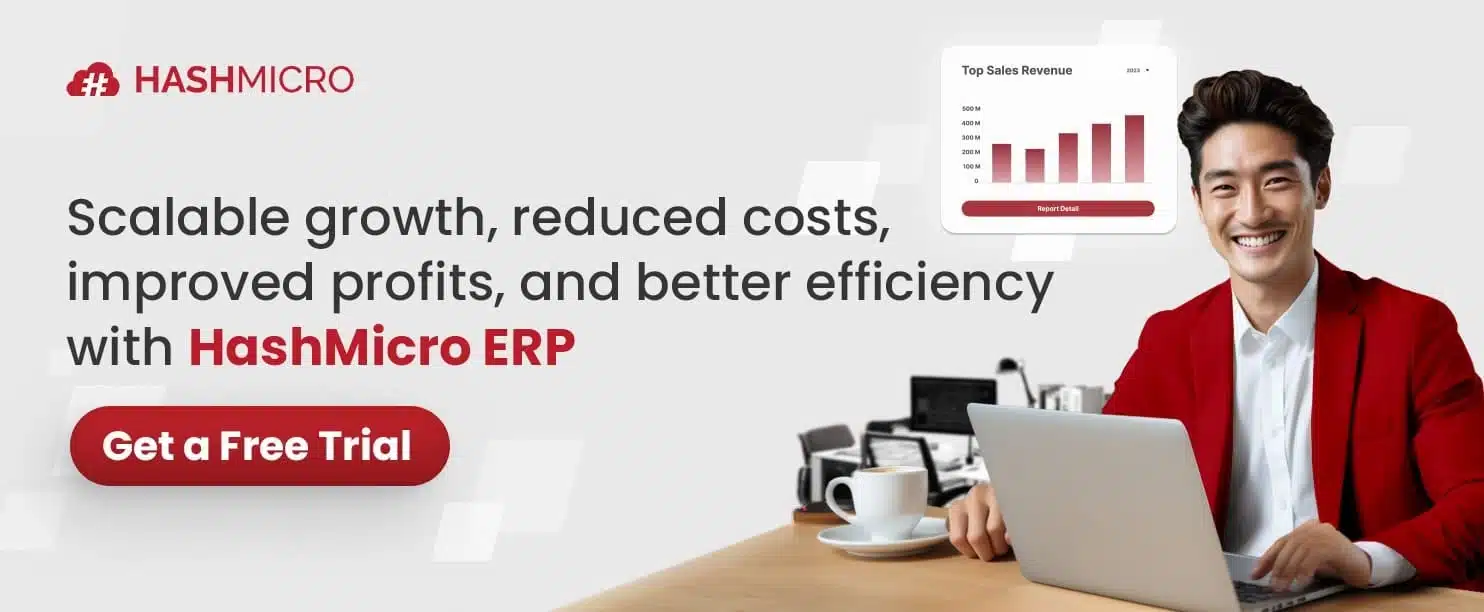
Key Takeaways
|
What is the Invoice-to-Cash Process?
The Invoice to Cash (I2C) process is the financial workflow that begins once a customer’s order has been fulfilled and concludes only when payment is received and recorded.
It includes several key steps: creating and sending invoices, monitoring receivables, applying customer payments, and reconciling accounts.
Put simply, it is the journey that transforms sales into actual cash flow. For business leaders, managing this process effectively is crucial, as it directly impacts liquidity, customer satisfaction, and the company’s overall financial health.
Challenges of the Invoice-to-Cash
Even though the invoice to cash process may look straightforward on paper, many businesses find it far more complicated in practice. From missed deadlines to inaccurate data, small inefficiencies can quickly accumulate and create significant barriers to maintaining a healthy cash flow.
These issues do not just burden finance teams; they ripple across sales, customer service, and executive decision making.
Recognizing these challenges is the first step toward building a process that is faster, more reliable, and aligned with your business goals. Common challenges include:
- Delayed invoicing: When invoices are created or sent late or inconsistently, payments are automatically delayed. This weakens cash flow and can leave teams scrambling to cover short-term obligations.
- Billing errors and disputes: Incorrect amounts, wrong terms, or incomplete data often result in customer disputes. Each error not only delays payment but can also damage customer trust and relationships.
- Limited visibility into receivables: Without real-time insight into which invoices are pending, overdue, or collected, leaders struggle to make confident financial decisions. The lack of transparency can affect forecasting and planning.
- Time-consuming collections: Relying on manual follow-ups, emails, or spreadsheets makes collections inefficient. Finance teams spend more time chasing payments than focusing on strategic initiatives.
- Disconnected systems and teams: When sales, operations, and finance use separate tools or processes, it leads to duplicated work, miscommunication, and delays in resolving issues.
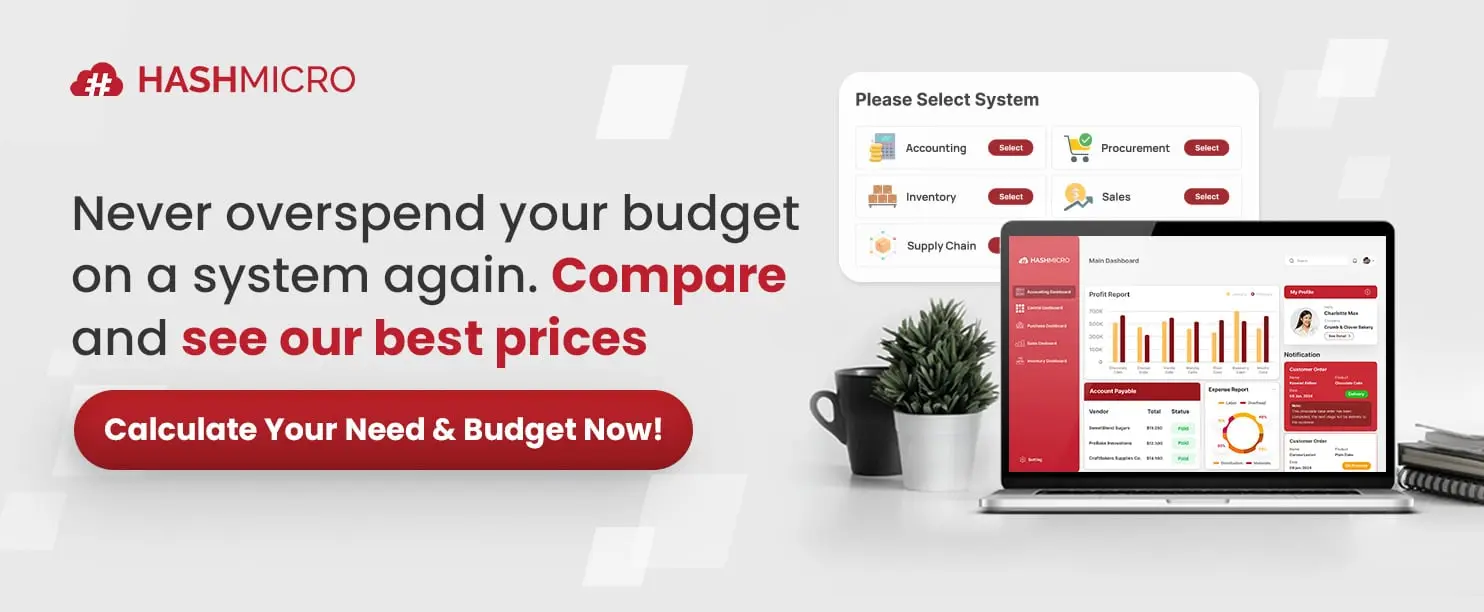
The Invoice-to-Cash Best Practices
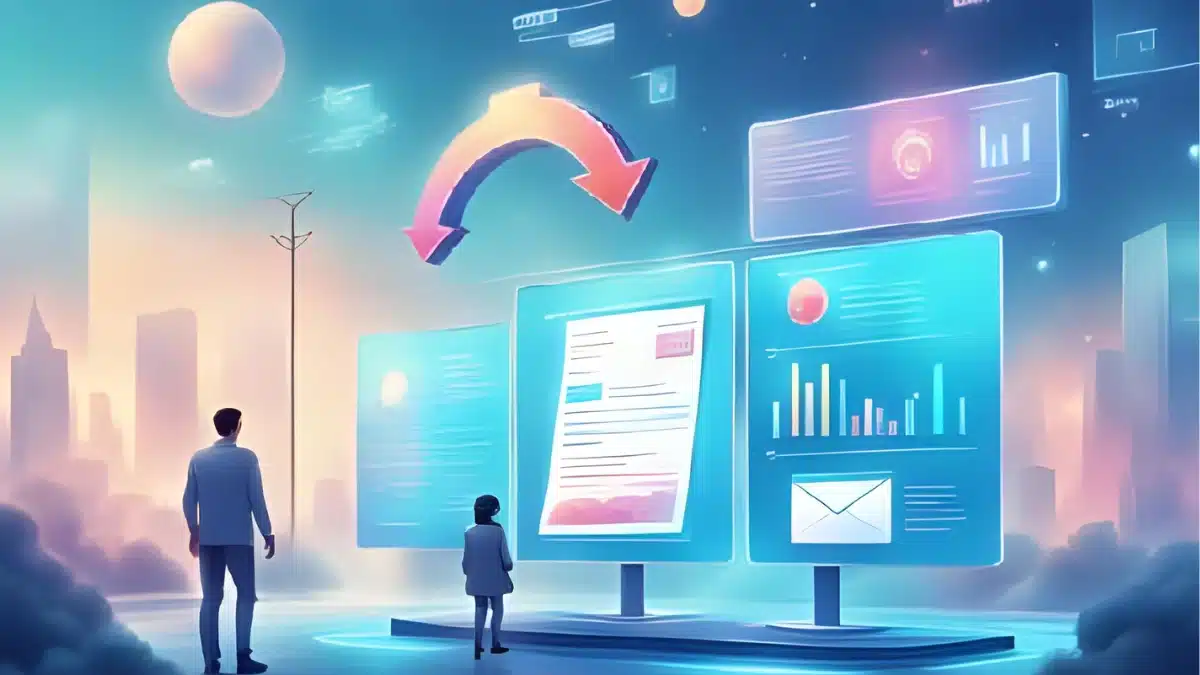
The good news is that even small improvements can make a significant impact on how efficiently your business turns sales into liquidity. Here are some best practices that can help you build a stronger and more reliable I2C process:
- Automate invoicing: Replace manual billing with automated systems to reduce errors, speed up delivery, and ensure consistency. Automation enables finance teams to focus on strategy rather than repetitive tasks.
- Set clear payment terms: Communicate expectations upfront, such as due dates, late fees, or discounts for early payments, so customers know exactly how and when to pay. Clear terms reduce disputes and delays.
- Strengthen collaboration between sales and finance: Ensure that sales orders, delivery, and billing data flow seamlessly to finance. When these teams are aligned, errors decrease, and cash collection becomes smoother.
- Track receivables in real-time: Utilize dashboards or reporting tools to monitor overdue invoices and payment trends. Real-time visibility enables leaders to make faster decisions and avoid unexpected cash surprises.
- Streamline collections with structured followups: Instead of relying on ad-hoc reminders, implement a consistent collections process with scheduled follow-ups to ensure timely payments. This improves efficiency and demonstrates professionalism to customers.
- Leverage integrated systems: Connecting ERP, CRM, and financial systems reduces duplication, increases transparency, and accelerates the entire I2C cycle. The result is faster cash flow and fewer administrative bottlenecks.
Key Steps in the Invoice-to-Cash Process
Effective cash flow management is critical for every business in Malaysia, regardless of size or industry. The invoice-to-cash process—also known as the order-to-cash cycle—plays a vital role in transforming delivered goods or services into actual revenue.
Here are key steps in the invoice-to-cash process:
1. Order management
This step begins when a customer places an order. The sales team verifies pricing, taxes, discounts, and credit terms, and ensures customer information is accurate and compliant with Malaysian invoicing standards. Proper order validation prevents disputes later.
2. Invoice generation & compliance
Once the product or service is delivered, a digital invoice is created in accordance with Malaysian tax regulations, including SST requirements and mandatory e-invoicing formats. Accurate invoicing ensures faster approvals and reduces the risk of customer or tax authority rejections.
3. Invoice delivery & customer communication
The invoice must be delivered promptly via an agreed channel, such as email, the customer portal, or an e-invoicing system. Clear payment terms, bank details, and due dates are communicated to minimise delays and ensure transparency.
4. Payment processing
Customers make payments via bank transfer, cheque, FPX, or other digital methods widely used in Malaysia. Automated reconciliation tools help finance teams efficiently match payments to invoices and identify outstanding amounts.
5. Collections & reporting
If payments are delayed, automated reminders or follow-ups are initiated. At this stage, businesses also generate reports to monitor accounts receivable (AR), track overdue invoices, and evaluate cash flow health. This data helps make informed financial decisions and improve future cash collection efficiency.
Importance of Automation in the Invoice-to-Cash Process
Manual processes are prone to delays, errors, and cash leakage. Automation offers a powerful solution, helping Malaysian businesses improve efficiency, visibility, and customer satisfaction while maintaining financial accuracy.
Here are a few reasons why automation is essential in the invoice-to-cash process:
- Faster Cash Flow and Reduced Payment Delays: Automating invoicing and payment reminders helps businesses get paid faster by eliminating manual bottlenecks.
- Improved Accuracy and Compliance: Automated systems minimise human errors in calculations, SST applicability, and digital invoicing formats.
- Enhanced Customer Experience: Automation enables immediate invoice generation and multiple digital payment options, making it easier for customers to pay on time.
- Real-Time Visibility and Financial Control: With automation, businesses gain real-time insights into outstanding invoices, payment statuses, and cash flow projections.
- Cost and Resource Efficiency: Automation reduces the need for manual data entry and paper-based processing, lowering administrative costs.
How an ERP System Helps with the Invoice-to-Cash Process
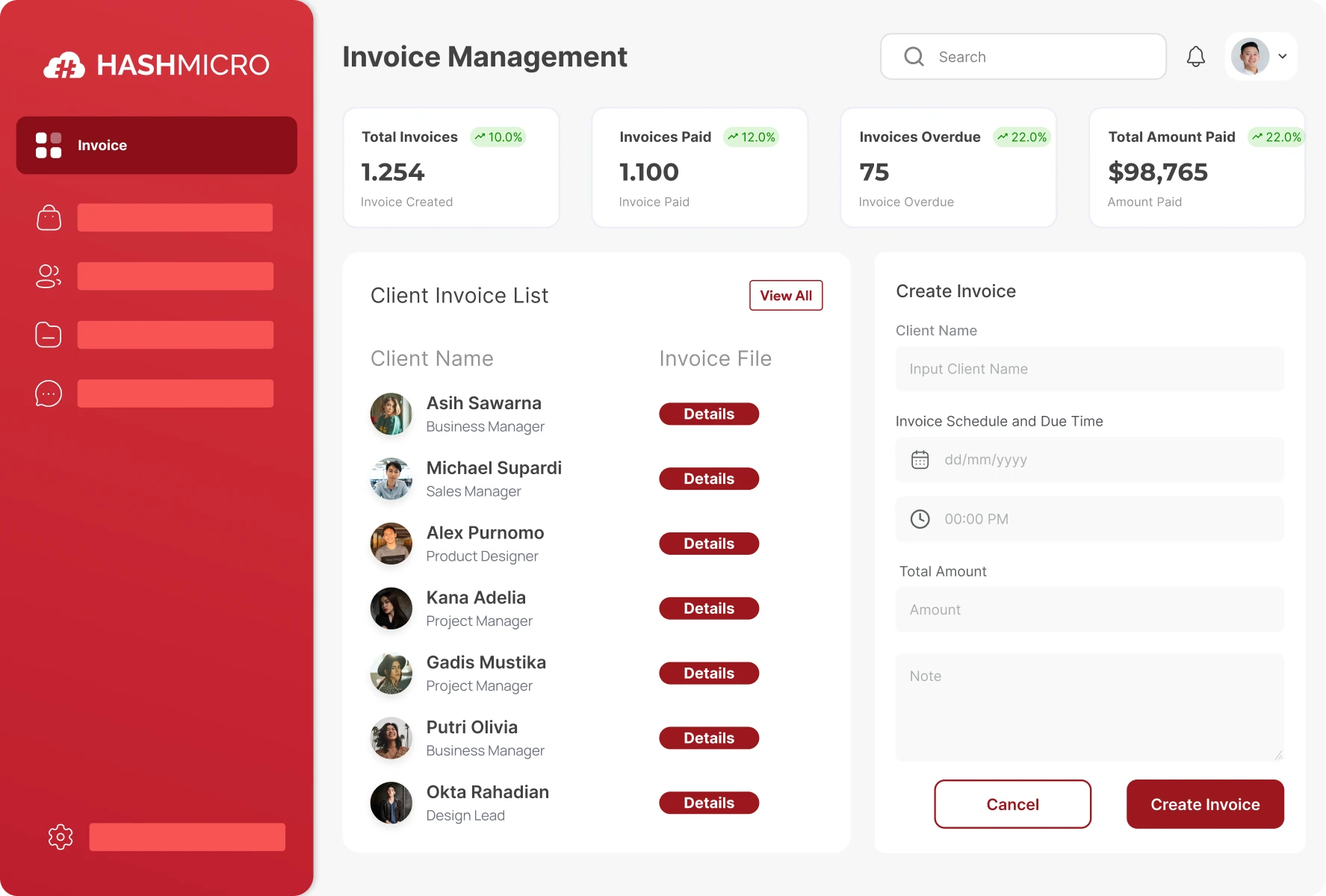
With real-time data, you can monitor outstanding invoices, streamline collections, and gain better visibility over your company’s financial health.
HashMicro, trusted by businesses across various industries including manufacturing, retail, distribution, and services, helps companies streamline their invoice to cash process. By working with HashMicro, organizations gain access to a system designed to optimize every step of financial operations. Key features of HashMicro ERP for invoice to cash:
- Tax invoice serial number: Ensures each invoice has a unique serial number, improving accuracy, audit compliance, and tracking of all sales transactions.
- Generate tax invoice serial number: Automates the creation of sequential invoice numbers, reducing manual work and minimizing errors in the billing process.
- Output and input VAT: Tracks both output VAT (tax collected from customers) and input VAT (tax paid on purchases), ensuring accurate tax reporting and helping reconcile invoice payments.
- Aggregated output VAT: Summarizes VAT collected over a period, making it easier to review and manage tax obligations related to issued invoices.
- Aggregated Input VAT: Summarizes VAT paid on purchases, supporting accurate financial reporting and helping maintain correct net receivables during the Invoice to Cash cycle.
Conclusion
Improving your invoice to cash process is essential for maintaining healthy cash flow, reducing errors, and accelerating revenue collection. By automating key tasks such as invoicing, payment tracking, and cash flow management, businesses can save time and make more informed financial decisions.
HashMicro has helped businesses across various industries simplify their invoice to cash operations with features such as automated invoicing, real-time payment monitoring, and integrated financial reporting.
You can see the benefits for yourself by requesting a free demo and experiencing how HashMicro can streamline your financial workflow efficiently.

FAQ Invoice to Cash
-
Is an invoice a cash receipt?
An invoice cannot be used as a receipt. This is because an invoice doesn’t indicate that any payment has been made.
-
Is a cash sale an invoice?
A cash sale when you sell something and get paid right away. An invoice is when you sell something but don’t get paid right away.
-
How to do a cash receipt?
Information entered on the receipt should include: date received, amount, method of payment (ex. check number or cash), payer, and the signature of the person issuing the receipt.
